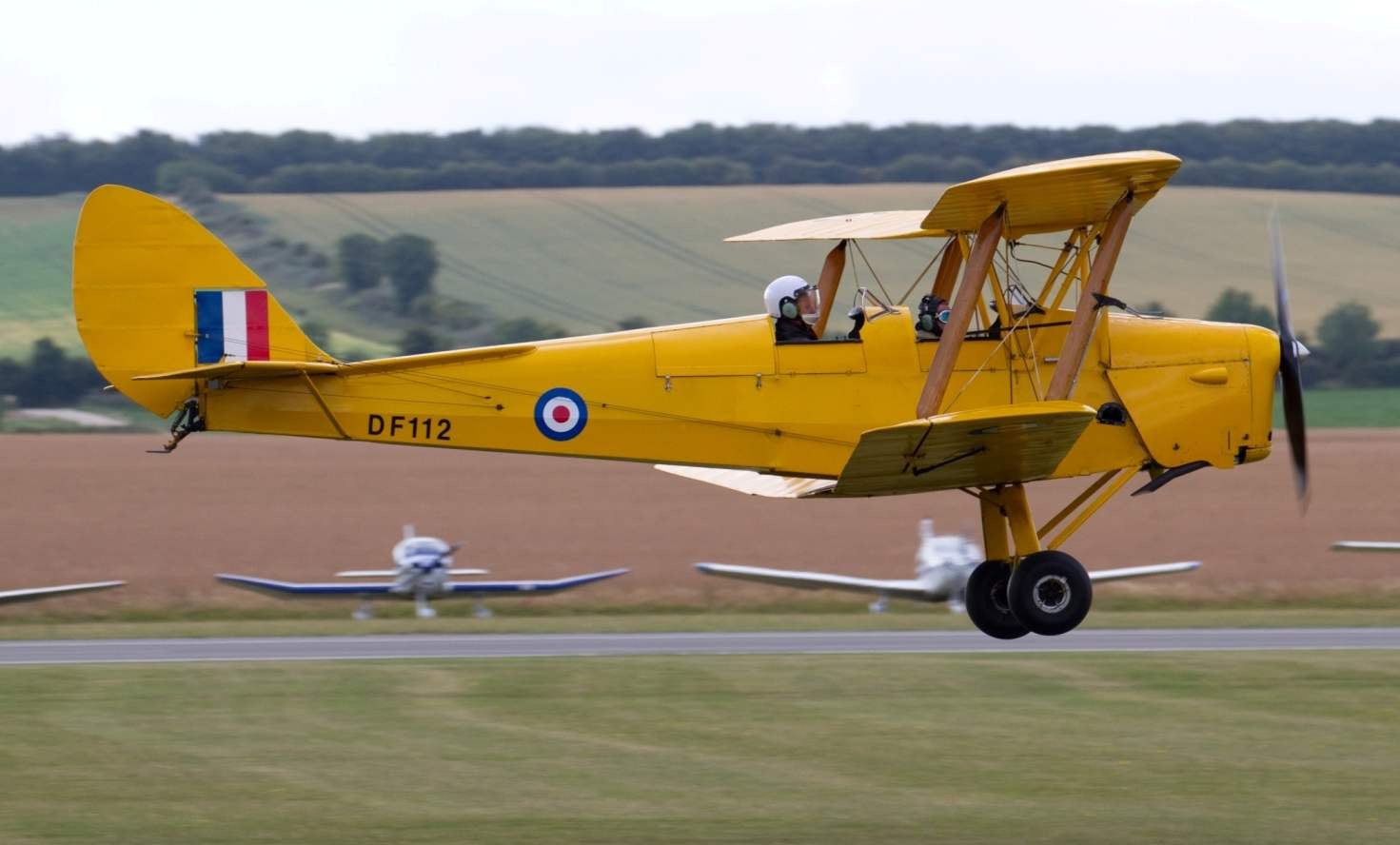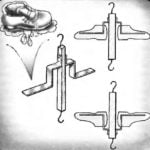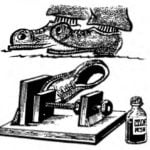 Developing the concept of training plane DH.60, John. De Havilland has created a new aircraft of the same class – DH.60T. He was distinguished by a reinforced airframe, a modified biplane gearbox and motor “Gypsy” lll (120 HP). After releasing a small series of DH.60T went into production DH.82 with the increased chord of the lower wing. The first flight of a machine called “tiger moth”, was held on 26 October 1931
Developing the concept of training plane DH.60, John. De Havilland has created a new aircraft of the same class – DH.60T. He was distinguished by a reinforced airframe, a modified biplane gearbox and motor “Gypsy” lll (120 HP). After releasing a small series of DH.60T went into production DH.82 with the increased chord of the lower wing. The first flight of a machine called “tiger moth”, was held on 26 October 1931
This reliable all-metal biplane with fabric cording quickly became popular as a training aircraft. It was produced until 1944 in UK, Australia, Canada, New Zealand, Norway, Portugal and Sweden. Total produced 8868 copies.
Since 1933, production was a modification of the DH.82A (“tiger moth” II) with plywood sheathing lower part of the fuselage and engine of the “Gipsy major”. Canada was built by DH.82С with a closed canopy above the cabin, tail wheel instead of a crutch and motor 145 HP
At the beginning of the Second world war in schools the British air force had about 500 cars.
During the war, the “tiger moth” served as a training and liaison aircraft. In India several machines modified in sanitary – to carry a wounded man on a stretcher.
In the UK, the BBC began to replace the DH.82 new training aircraft since 1951, but finally stopped their operation only in 1959. Civilian biplanes, although in small numbers, fly so far.
Data DH.82A “tiger moth” II motor with a “Gipsy major” with a power of 130 HP. the Length of 7.29 m, height 2,68 m. wingspan of the upper wing – of 8.94 m, wing area – 22,2 m2. Empty weight – 506 kg, maximum take – 803 lbs. Maximum speed – 175 km/h, cruising 150km/h Range -485 km, practical ceiling – 4145 m.



